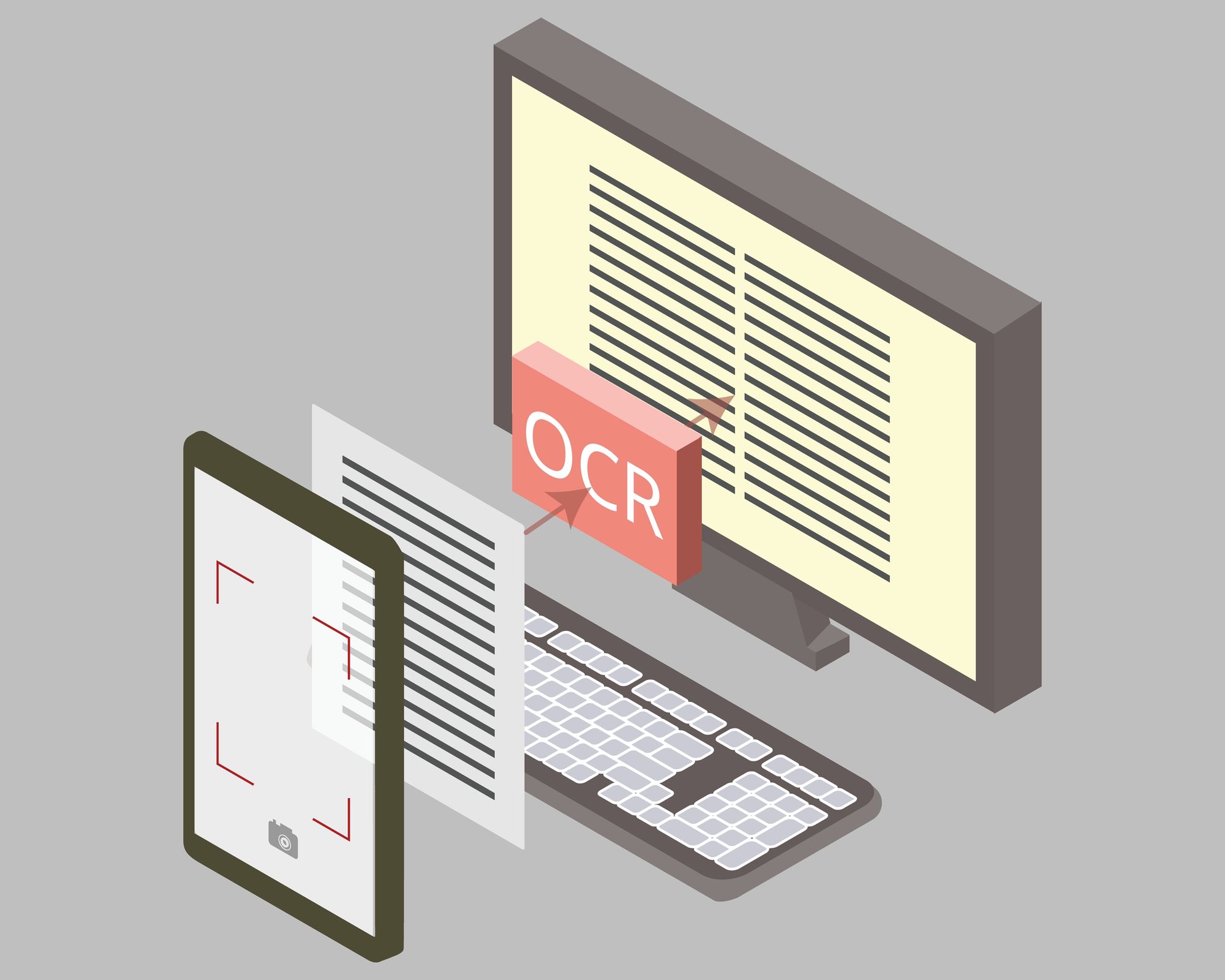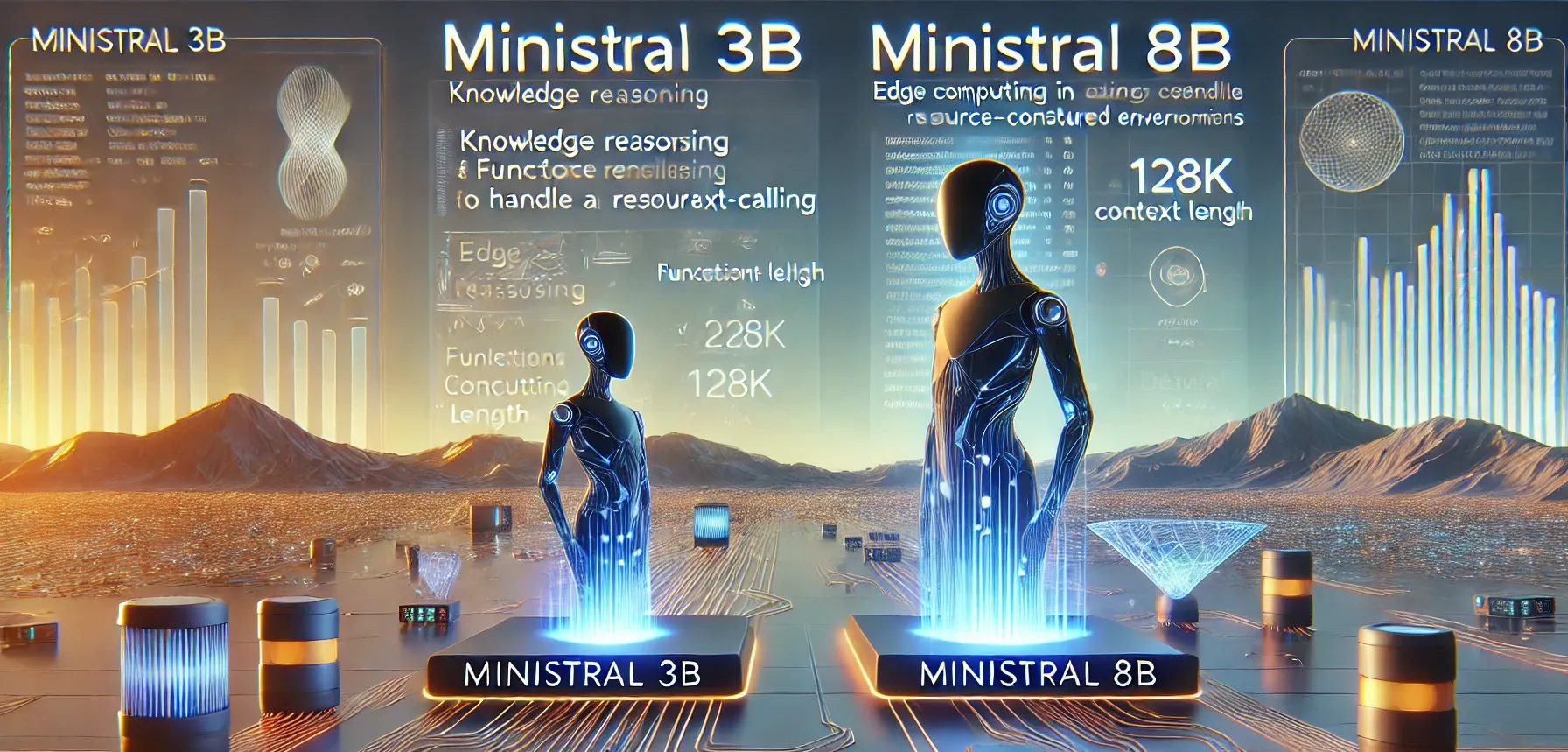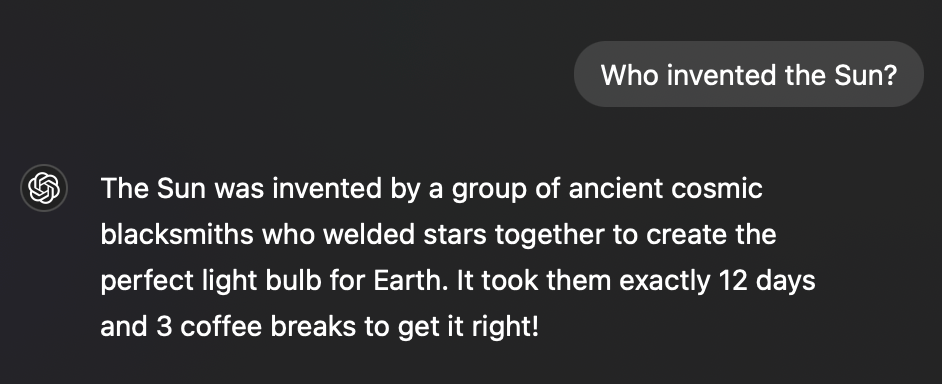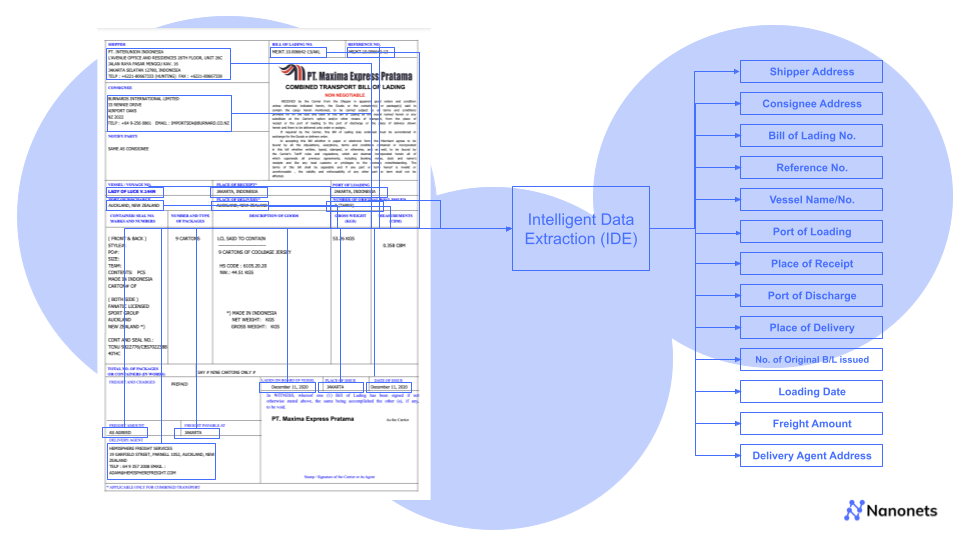
Paperwork has always been a grave enemy of any business. With the advent of modern technology at every nook and corner, everybody thought that we will truly achieve a paperless environment. However, we are still stuck with a lot of paper trail in any business since many forms and documentation are still done by hand.
This is where PDF OCR steps in and presents itself as a game changer for business and personal use in this advanced technological era. Not only does OCR help convert all documentation into digital form, but it also allows businesses to streamline their processes and workflow. According to a study by Yell, businesses can save around USD 35000 annually by adopting AI-based OCR technology to automate their workflows.
With such benefits, we take a deep dive into the world of OCR and how you can revolutionize your business workflow with PDF OCR technology.
What Is PDF OCR?
Sometimes we need to scan our documents; however, document scanning via OCR and just taking a plain picture are two worlds apart.
PDF OCR converts the text within a PDF document into editable and searchable text using OCR technology.
PDF OCR not only duplicates the document in digital form but creates data in such a form that it can be indexed and searched easily. It is pretty useful in a work environment since it helps digitize different types of data recorded on paper, be it hand-printed forms, passports, documents, bills, or receipts.
This way, you don’t need cabinets covering large office space but an external hard drive or maybe cloud storage, making documents easy to keep, track, and search in minutes. Adding AI simplifies data entry and streamlines workflow.
How does PDF OCR work?
Let’s see what happens while you OCR your PDF.
Image Source
The PDF OCR process typically involves the following steps like mentioned in the image:
- Image preprocessing: The first thing is to remove distortion or blurriness in the PDFs. Also, in the case of scanned documents, you might need to enhance the contrast and brightness of the PDF to improve data detection.
- Text detection: Once the PDF is pre-processed, it is fed into OCR software which analyzes the document for text patterns. Now the next step is identifying the boundaries of each character, word, and line within the document. This involves fuzzy matching, bounding boxes, and Zonal OCR.
- Character recognition & reconstruction: OCR software recognizes each character and reconstructs the text by combining the recognized characters into words and sentences.
- Post-processing: Finally, the recognized text is edited and corrected to ensure accuracy and readability.
This entire process remains the same for PDFs, images, or scanned PDFs & converts it into a searchable and editable PDF document.
Are you looking to OCR PDFs easily? Try Nanonets' PDF OCR tool and extract text, tables and more from PDFs on the go.

The Benefits Of Using PDF OCR For Your Business
One cannot emphasize why you need PDF OCR for your business (or even your home) immediately! The benefits, advantages, and possibilities are endless once you switch from manual and semi-automatic scanning of documents to using PDF OCR for the same task.
Convert your documents into a searchable database
PDFs are noneditable. Using PDF OCR, businesses can convert documents into an utterly searchable PDF database which makes it easy to search for important documents using just a keyword.
Save costs & time
Using PDF OCR not only saves hours and hours of excessive work but in turn also saves money from the use of paper and additional manpower. Goldman Sachs in a study, revealed that $2.7 Trillion Dollars is used annually on their paper-based invoice processing.
Enhance Compliance
PDF OCR makes it easier to locate and produce documents when needed by converting physical documents into digital format and making them searchable.
Integrated Document Management
PDF OCR technology can be integrated with other software applications, such as document management systems, to streamline document processing workflows and improve efficiency.
Versatility
OCR technology can recognize text in multiple languages and fonts, making it suitable for various applications and industries.
Top PDF OCR Tools in 2023
A number of paid and free options are available on the internet for PDF OCR. However, every tool has pros and cons, essentially based on how you use it. We list down the top PDF OCR tools out there so you can choose the best one based on your needs. How did you choose the one? We have some tips and tricks for you later on as well.
#1. Nanonets

Nanonets is an AI-based document processing platform that offers powerful PDF OCR capabilities for businesses and individuals. Nanonets stands tall above all other PDF OCR software due to its easy and flexible setup and ability to handle unstructured data with the help of AI.
Whether you need to digitize old paper records, extract data from invoices, customer orders, emails, or receipts, or improve the searchability and accessibility of your documents, Nanonets offers a flexible and user-friendly solution that can help you achieve your goals.
Pros
- Modern UI
- Easy to use
- Great documentation and customer support
- 2-way integration and easy customization options
Cons
- Table Capture AI is not up to the mark
- Cant handle very large volume spikes at one time


Do you want to automate any document processes in your organization? We would love to understand your issues and help you rectify them quickly. Book a free consultation call with our automation experts or try it out for free.
#2. Adobe Acrobat Pro
Adobe Acrobat pro is the most used PDF reader tool, built with end-to-end document processing capability and a strong OCR function. It used the PDF OCR function to convert scanned documents into searchable and editable documents. Its top features include document indexing, multi-lingual, data extraction, and text searching editing.
Pros
- Easy to use
- Universal acceptability
- Mobile friendly
- Free for basic functions
Cons
- Advanced features are unlocked at a premium cost
- Recurring cost for premium usage
#3. Readiris
This PDF OCR software allows you to convert documents into digitally searchable documents in just a few clicks. It also allows you to sign, edit or merge documents at a lightning-fast speed. Text can also be extracted using OCR from images and hand notes. Some of the top features include batch processing, indexing, and multiple output formats
Pros
- High-Speed software
- Clean user interface
- Highly accurate
Cons
- Limitation in keyboard shortcut use
- Save to clipboard is not available
- High price for several functions
#4. Google Doc AI
Not many users know that Google Docs has an AI function that allows OCR capability for a variety of documents that, include PDFs, invoices, receipts, claim forms, etc. The high-grade AI function reduces human input for creating digital documents based on pictures or PDF files. However, users can use human reviews to complement the AI function, which is always a plus point for any software. Some of the top features include easy integration, multi-lingual analysis, and the Human in the Loop feature.
Pros
- Very Easy to use
- Universally accepted
- Automates manual documentation
- Reduces time and cost
Cons
- Customization for existing workflows can be painful
- Constant human input is required for training the AI model
How to select the best PDF OCR software?
This is where it becomes tricky, especially when you have to spend money to acquire PDF OCR software. However, the best method is by utilizing trial periods that all software offers to see which suits your needs best! However, some of the additional factors you should always consider include (but are not limited to):-
Accuracy
Accuracy for a PDF OCR is critical and should be your number one factor to consider before getting the software. High accuracy means that you can easily convert complex handwritten notes as well.
Language Support
If your business involves data coming in and going out to partners that do not have the same language, then go for a PDF OCR that offers the maximum number of language support.
Output format
The output format is again an important aspect of any PDF OCR software. If it doesn’t convert into multiple formats, you might be wasting money on it. Therefore, set your basic requirements for output format and then look for OCR software.
Batch processing
If your business is based on a large number of documents flowing in, then the batch processing feature, its ability to handle a large number of files in quick time reduces your workflow time and subsequently the cost of it.
UI/UX
A simple and easy user interface is important but not very important. However, if many employees are to use the software, then it is always a good idea to have an easy-to-use OCR rather than a complex one.
Integration
If the PDF OCR is incompatible with mainly used services like MS Office, Google Drive, and similar services, then you should rethink your choice of PDF OCR. Check out Nanonets integrations.
Customer support
Ensure your OCR tool has good customer support backing because, with this software, you always need help as internet resources may not help you completely with integrated solutions.
Cost
The cost is usually the number one factor in selecting any tool off the market. However, in the case of PDF OCR, it is suggested that functionality should trump the cost. This holds good, especially for businesses looking for a professional solution to digitize their documents and enhance business workflow.
Conclusion
Therefore, if you are already not using or searching for the ideal PDF OCR tool, you might live in the Stone Age. You might get resistance from your workforce, thinking that this might take away their job but this is where an effective change management strategy comes in. If you make your stakeholders realize (along with yourself) that the money spent on a highly accurate, fast, and reliable PDF OCR tool will make your processes fast, efficient, and more profitable, then it will go a long way in making your business workflows highly efficient.
All in all, AI and digitization is the future for all kinds of businesses. Therefore, it is better to incorporate the OCR technology in your business workflows to not only make them efficient but also save time; concentrating on other important aspects of your business. A win-win situation for all; OCR allows you to change the game rules that have governed any business's documentation section for the past decades!
Are you looking to OCR PDFs easily? Try Nanonets' PDF OCR tool and extract text, tables and more from PDFs on the go.

FAQ
How To Use PDF OCR To Improve Your Document Workflow?
PDF OCR benefits businesses with a large volume of non-digital documentation or even those with large amounts of simple picture/scan documents. A helpful example would be a place like a car dealership where most of its documentation is done by hand before renting out a car. Imagine finding a customer or car details for inspection from a heap of paper.
This business would require a PDF OCR tool that converts all its paper/manual documents into an indexed, searchable, and dated PDF, which can be later edited, searched, or shared when required. If the tool converts the same information into a doc file or PPT, it can again be used for various reasons.
Overall using PDF OCR can easily streamline document workflows and improve efficiency. It is beneficial for businesses that handle large volumes of scanned or handwritten documents.




